1. Iezzi G, Piattelli A, Mangano C, Degidi M, Testori T, Vantaggiato G, Fiera E, Frosecchi M, Floris P, Perroni R, Ravera L, Moreno GG, De Martinis E, Perrotti V. 2016; Periimplant bone response in human-retrieved, clinically stable, successful, and functioning dental implants after a long-term loading period: a report of 17 cases from 4 to 20 years. Implant Dent. 25:380–6. DOI:
10.1097/ID.0000000000000415. PMID:
27002775.
2. Cordioli G, Majzoub Z, Piattelli A, Scarano A. 2000; Removal torque and histomorphometric investigation of 4 different titanium surfaces: an experimental study in the rabbit tibia. Int J Oral Maxillofac Implants. 15:668–74. PMID:
11055134.
3. Sakakura CE, Margonar R, Holzhausen M, Nociti FH Jr, Alba RC Jr, Marcantonio E Jr. 2003; Influence of cyclosporin A therapy on bone healing around titanium implants: a histometric and biomechanic study in rabbits. J Periodontol. 74:976–81. DOI:
10.1902/jop.2003.74.7.976. PMID:
12931759.
5. Brunel G, Armand S, Miller N, Rue J. 2000; Histologic analysis of a fractured implant: a case report. Int J Periodontics Restorative Dent. 20:520–6.
6. Degidi M, Petrone G, Iezzi G, Piattelli A. 2002; Histologic evaluation of a human immediately loaded titanium implant with a porous anodized surface. Clin Implant Dent Relat Res. 4:110–4. DOI:
10.1111/j.1708-8208.2002.tb00160.x. PMID:
12121611.
7. Sennerby L, Ericson LE, Thomsen P, Lekholm U, Astrand P. 1991; Structure of the bone-titanium interface in retrieved clinical oral implants. Clin Oral Implants Res. 2:103–11. DOI:
10.1034/j.1600-0501.1991.020302.x. PMID:
1843463.
8. Johansson CB, Hansson HA, Albrektsson T. 1990; Qualitative interfacial study between bone and tantalum, niobium or commercially pure titanium. Biomaterials. 11:277–80. DOI:
10.1016/0142-9612(90)90010-N. PMID:
2383624.
9. Donath K, Breuner G. 1982; A method for the study of undecalcified bones and teeth with attached soft tissues. The Sage-Schliff (sawing and grinding) technique. 11:318–26. DOI:
10.1111/j.1600-0714.1982.tb00172.x. PMID:
6809919.
10. Shah FA, Nilson B, Branemark R, Thomsen P, Palmquist A. 2014; The bone-implant interface - nanoscale analysis of clinically retrieved dental implants. Nanomedicine. 10:1729–37. DOI:
10.1016/j.nano.2014.05.015. PMID:
24941460.
11. Mangano FG, Pires JT, Shibli JA, Mijiritsky E, Iezzi G, Piattelli A, Mangano C. 2017; Early bone response to dual acid-etched and machined dental implants placed in the posterior maxilla: a histologic and histomorphometric human study. Implant Dent. 26:24–9. DOI:
10.1097/ID.0000000000000511. PMID:
27861190.
12. Schwartz Z, Lohmann C, Oefinger J, Bonewald LF, Dean DD, Boyan BD. 1999; Implant surface characteristics modulate differentiation behavior of cells in the osteoblastic lineage. Adv Dent Res. 13:38–48. DOI:
10.1177/08959374990130011301. PMID:
11276745.
13. Buser D, Schenk RK, Steinemann S, Fiorellini JP, Fox CH, Stich H. 1991; Influence of surface characteristics on bone integration of titanium implants. A histomorphometric study in miniature pigs. 25:889–902. DOI:
10.1002/jbm.820250708. PMID:
1918105.
14. Hayakawa T, Kiba H, Yasuda S, Yamamoto H, Nemoto K. 2002; A histologic and histomorphometric evaluation of two types of retrieved human titanium implants. Int J Periodontics Restorative Dent. 22:164–71.
16. Rangert B, Krogh PH, Langer B, Van Roekel N. 1995; Bending overload and implant fracture: a retrospective clinical analysis. Int J Oral Maxillofac Implants. 10:326–34. PMID:
7615329.
17. Balshi TJ, Wolfinger GJ. 1997; Two-implant-supported single molar replacement: interdental space requirements and comparison to alternative options. Int J Periodontics Restorative Dent. 17:426–35. PMID:
9497731.
18. Steflik DE, Parr GR, Singh BB, Lake FT, Sisk AL, Howell FV, Shelton TW. 1994; Light microscopic and scanning electron microscopic analyses of dental implants retrieved from humans. J Oral Implantol. 20:8–24. DOI:
10.1097/00008505-199412000-00017. PMID:
7932859.
19. Piattelli A, Scarano A, Piattelli M, Vaia E, Matarasso S. 1998; Hollow implants retrieved for fracture: a light and scanning electron microscope analysis of 4 cases. J Periodontol. 69:185–9. DOI:
10.1902/jop.1998.69.2.185. PMID:
9526918.
20. Eckert SE, Meraw SJ, Cal E, Ow RK. 2000; Analysis of incidence and associated factors with fractured implants: a retrospective study. Int J Oral Maxillofac Implants. 15:662–7. PMID:
11055133.

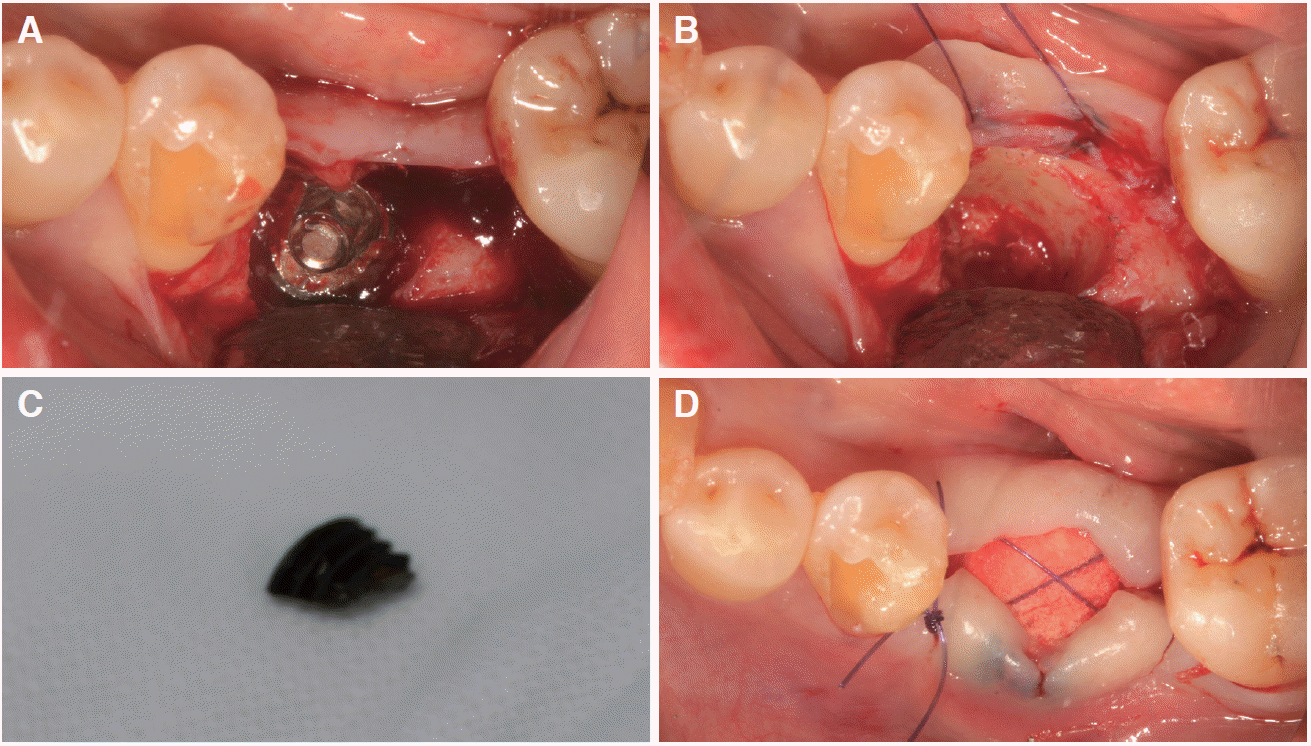
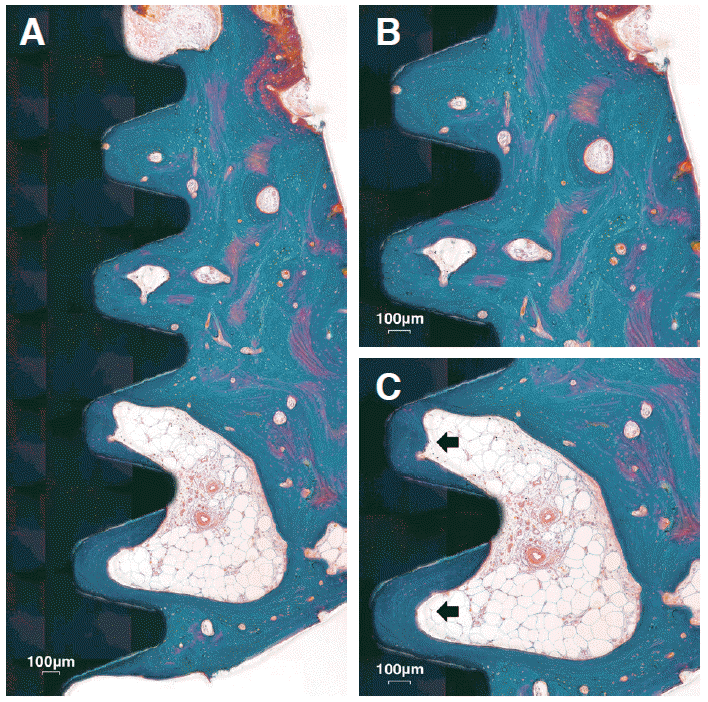




 PDF
PDF Citation
Citation Print
Print



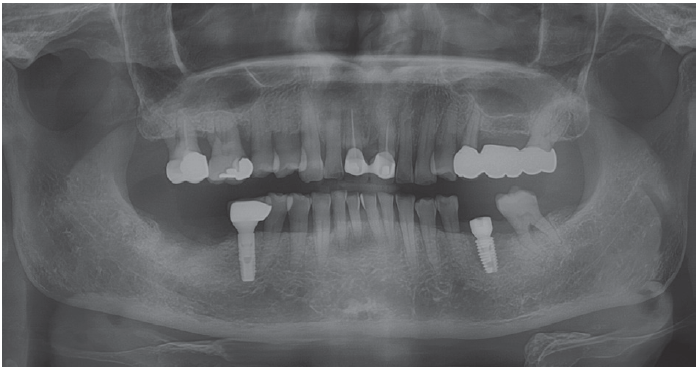

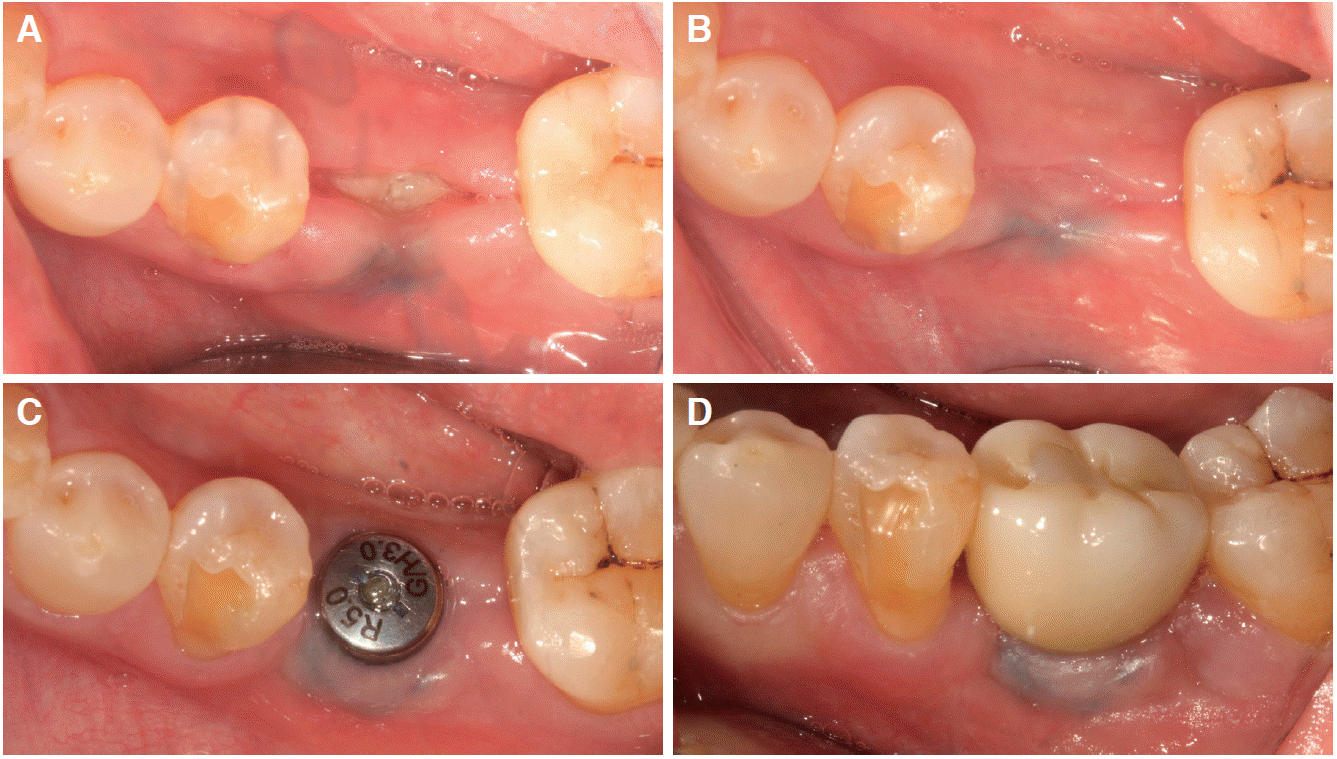


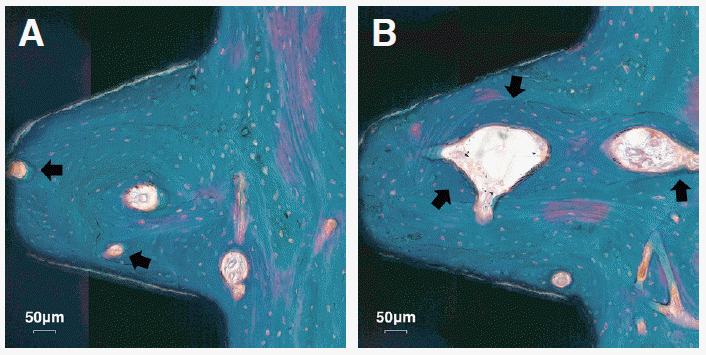
 XML Download
XML Download